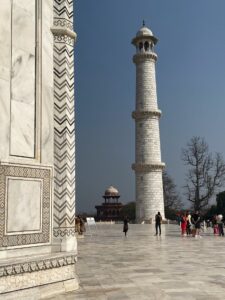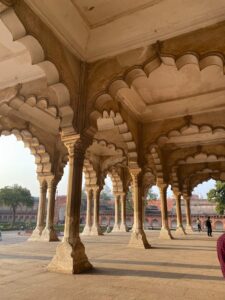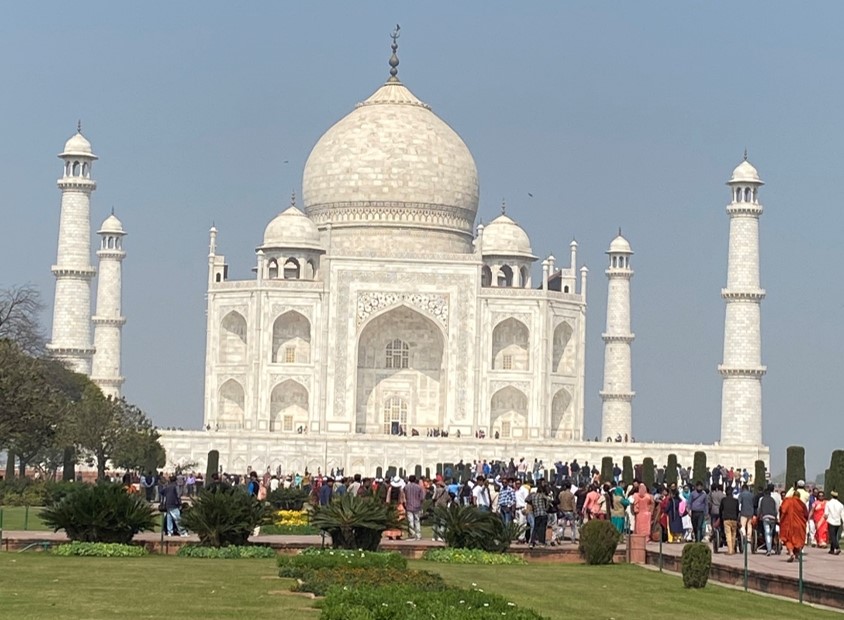Did you know that India’s most iconic landmark is a stunning monument to love, loss, and eternal fidelity?
The UNESCO World Heritage Site, The Taj Mahal, visited by more than 7 million people a year who travel to India, celebrates the great love of India’s Mughal ruler Shah Jahan for his beloved wife Mumtaz Mahal or “jewel of the palace.” The young prince fell madly in love at first sight with the Persian aristocrat and they married in 1612, and he entrusted his favorite wife with the royal seal.
Mumtaz bore Jahan fourteen children but died of postpartum complications following her last delivery. Jahan was inconsolable, plunging the imperial court into an unprecedented two-year mourning period, during which time, he summoned 20,000 artisans assisted by 1000 elephants over a period of 22 years to design an unparalleled monument to his eternal love for Mumtaz. The result was India’s most iconic landmark, the Taj Mahal.
El Taj Mahal Una Historia De Amor
¿Sabias que el Taj Mahal es un monumento al amor, la pérdida y la fidelidad eterna?
El sitio del Patrimonio Mundial de UNESCO, Taj Mahal, visitado por más de 7 millones de personas al año que viajan a la India, celebra el gran amor del gobernante mogol de la India Shah Jahan por su amada esposa Mumtaz Mahal o “joya del palacio”. El joven príncipe se enamoró locamente del aristócrata persa y se casaron en 1612, y le confió a su esposa favorita el sello real.
Mumtaz tuvo catorce niños con Jahan, pero murió de complicaciones posparto después de su último parto. Jahan estaba inconsolable, sumiendo a la corte imperial en un período de duelo sin precedentes de dos años, durante el cual convocó a 20,000 artesanos asistidos por 1000 elefantes durante un período de 22 años para diseñar un monumento incomparable a su amor eterno por Mumtaz. El resultado fue el sitio más emblemático de la India, el Taj Mahal.








 Contact Us
Contact Us